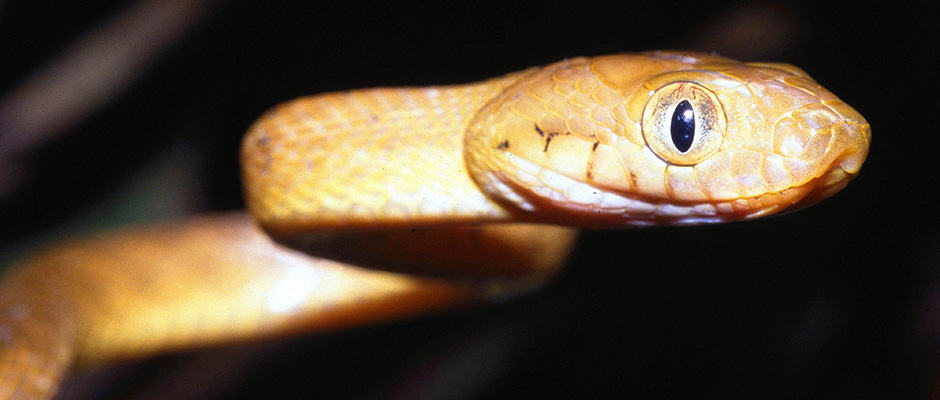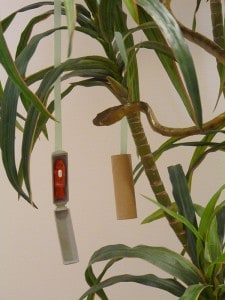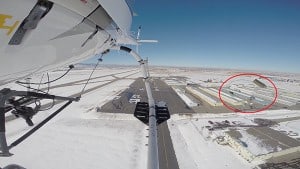Share this article
Increased Availability of Wildlife Management Tools
John Eisemann spends much of his time on the phone or in meetings talking to the U.S. Department of Agriculture’s (USDA) partners and stakeholders. As the Technology Transfer Program Manager for the National Wildlife Research Center (NWRC), Eisemann works with private companies, international groups, and non-governmental organizations to encourage the development and licensing of new wildlife damage management products.
The Federal Technology Transfer Act of 1986 changed how Federal government research and development entities, like NWRC, do business. The Act allows Federal laboratories and industry to form commercial partnerships that enhance the development of new technologies and move them to the marketplace to meet public and consumer needs.
The Centers most recent technology transfer success was highlighted at the Federal Laboratory Consortium’s (FLC) 2015 national meeting in Denver, Colorado. On April 29, Eisemann and former NWRC research colleagues Drs. Pete Savarie (retired) and William Pitt (currently at Smithsonian Conservation Biology Institute) received the FLC 2015 Award for Excellence in Technology Transfer.
The team was recognized for their partnership with Applied Design Corporation (ADC), a private engineering and design firm in Boulder, Colorado to develop a system for the aerial distribution of toxicant baits to invasive brown treesnakes in remote and inaccessible areas on Guam. Three patents are being pursued as a result of this collaboration and ADC plans to commercialize the technology for use in other wildlife damage management applications world-wide.
“The development of a biodegradable bait delivery device and automated aerial bait delivery system is the culmination of decades of brown treesnake research by NWRC scientists in combination with the engineering and design expertise of Applied Design Corporation,” states Eisemann. “This successful collaboration highlights how challenging wildlife issues can be addressed in the most cost-effective and environmentally-safe manner while also encouraging small business development and entrepreneurial opportunities.”
The brown treesnake (Boiga irregularis), an invasive predator unintentionally introduced after World War II, has reached a population on Guam as high as 50 to 100 snakes per hectare in some areas, which has caused the extirpation of most native forest bird species. Wildlife Services works to prevent the snakes from moving inadvertently to other areas and to reduce populations. Aerial delivery of toxic baits as a potential method for a broader landscape control in more remote areas has been one area of NWRC research.
Wildlife Services is a Strategic Partner of The Wildlife Society.
Header Image: Image Credit: USDA Wildlife Services










